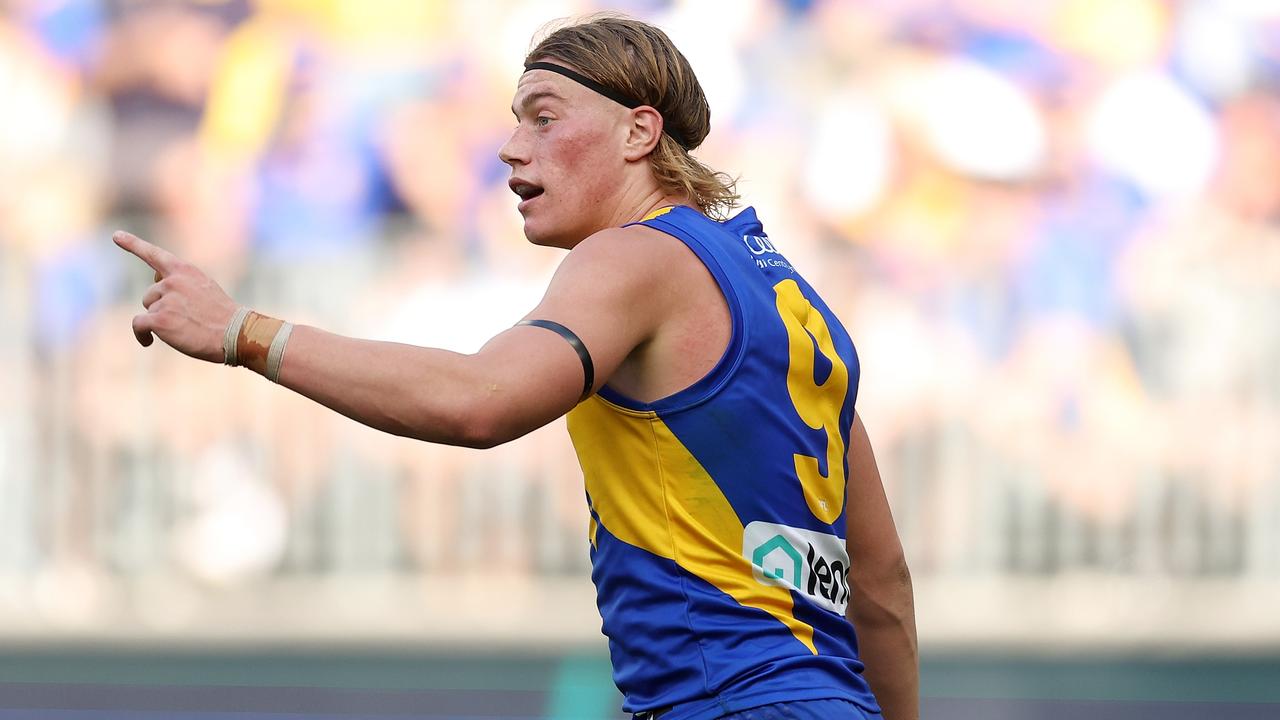Three year draftee contracts were introduced last year and it seems like it was just assumed that the salary of the draftee in their third year would continue on a similar linear path as the first two years, but we've just learned recently that it's not the case and there is now a trigger built into these three year draftee contracts should the draftee meet the Additional Services Agreement criteria in one of the first two years in the AFL. So what is this trigger and why could it be useful for teams?
A third year draftee will become eligible for the Additional Services Agreement should he achieve one of the following in his first two years:
So let's say North Melbourne throw an offer of $5 million over 5 years at Harley Reid beginning in the first uncontracted year of 2027 all the way to 2031; West Coast can match that offer of $5 million between 2027-31 and up his 2026 salary to $1 million a year as well which would mean Reid would earn $6 million between 2026-31 at West Coast as opposed to the appoximate $5.2 million he would earn ($200k at West Coast in 2026 and $5 million at North between 2027-31) over the same period if he were to switch clubs. So he ends up earning close to $1 million more by staying with West Coast because the Eagles are able to change his draftee salary in his third year and North aren't able to. That's an example of how this could play out and the way in which clubs can use this trigger to retain their high end draftees.
This is common practice in the NBA with the 'Derrick Rose rule' that allows players to earn significantly more from their original club when their draftee contract expires should they prove themselves as one of the better players in the league in their first two seasons. The NBA also allows the original club to offer an extra contracted year on the maximum salary that a player can sign and it's all designed to incentivise players to stay with their original club that drafted them. A very high percentage of NBA players end up staying with their original club for at least the first 7-8 years in the league because it's so financially lucrative for them to do so. Are we about to see the same thing in the AFL? Is retention going to mostly become an issue of the past or will this always be something that plagues clubs who are in the middle of a rebuild/draft interstate talent that are considered flight risks?

 www.foxsports.com.au
www.foxsports.com.au
A third year draftee will become eligible for the Additional Services Agreement should he achieve one of the following in his first two years:
- Finish top 10 in the Brownlow Medal count.
- Finish top 5 in the club best and fairest.
- Finish top 5 in the AFL Rising Star award.
- Be named in the All-Australian squad.
- Receive a Rising Star nomination (only applies to top 5 picks who have played 20+ AFL games)
So let's say North Melbourne throw an offer of $5 million over 5 years at Harley Reid beginning in the first uncontracted year of 2027 all the way to 2031; West Coast can match that offer of $5 million between 2027-31 and up his 2026 salary to $1 million a year as well which would mean Reid would earn $6 million between 2026-31 at West Coast as opposed to the appoximate $5.2 million he would earn ($200k at West Coast in 2026 and $5 million at North between 2027-31) over the same period if he were to switch clubs. So he ends up earning close to $1 million more by staying with West Coast because the Eagles are able to change his draftee salary in his third year and North aren't able to. That's an example of how this could play out and the way in which clubs can use this trigger to retain their high end draftees.
This is common practice in the NBA with the 'Derrick Rose rule' that allows players to earn significantly more from their original club when their draftee contract expires should they prove themselves as one of the better players in the league in their first two seasons. The NBA also allows the original club to offer an extra contracted year on the maximum salary that a player can sign and it's all designed to incentivise players to stay with their original club that drafted them. A very high percentage of NBA players end up staying with their original club for at least the first 7-8 years in the league because it's so financially lucrative for them to do so. Are we about to see the same thing in the AFL? Is retention going to mostly become an issue of the past or will this always be something that plagues clubs who are in the middle of a rebuild/draft interstate talent that are considered flight risks?
Harley Reid to reportedly miss Suns clash amid $1 million contract ‘loophole’
Eagles prodigy to miss chance to back up masterclass as $1 million contract ‘loophole’ revealed




